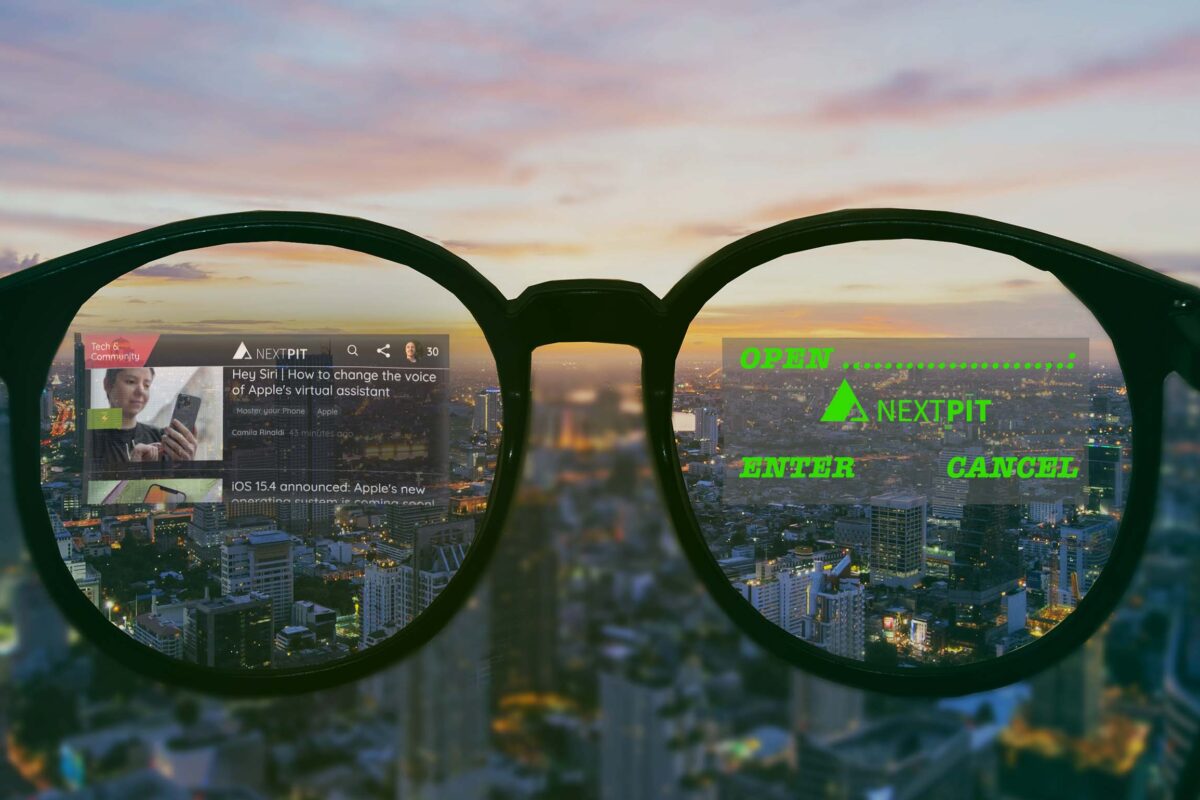Smart glasses are wearable devices that can project digital information onto the user’s field of vision. They can enhance the user’s perception of reality by adding virtual elements, such as text, images, videos, or 3D models, to the real world. Smart glasses can also provide various functions, such as navigation, communication, entertainment, education, and health monitoring.
In this blog post, we will explore some of the features and benefits of smart glasses, as well as some of the challenges and limitations that they face. We will also answer some of the frequently asked questions about smart glasses and their potential applications.
What are the benefits of smart glasses?
Smart glasses can offer many advantages to the user, depending on the purpose and design of the device. Some of the possible benefits are:
- Enhanced productivity and efficiency: Smart glasses can help the user perform tasks faster and easier by providing relevant information and guidance in real time. For example, smart glasses can assist workers in manufacturing, maintenance, or logistics by displaying instructions, diagrams, or feedback on their vision. Smart glasses can also enable hands-free operation and voice control, which can improve safety and convenience.
- Improved learning and education: Smart glasses can facilitate learning and education by providing immersive and interactive experiences that can stimulate curiosity and engagement. For example, smart glasses can enable students to access multimedia content, such as videos, animations, or simulations, that can complement their textbooks or lectures. Smart glasses can also enable teachers to monitor and assess students’ progress and performance in real time.
- Enhanced entertainment and gaming: Smart glasses can provide entertainment and gaming experiences that can immerse the user in a virtual world or augment the real world with fun and creative elements. For example, smart glasses can enable the user to watch movies or shows on a virtual screen, listen to music or podcasts with spatial audio, or play games that blend reality and fantasy.
- Improved health and wellness: Smart glasses can monitor and improve the user’s health and wellness by providing feedback and recommendations based on their biometric data, such as heart rate, blood pressure, or calories burned. For example, smart glasses can help the user track their fitness goals, manage their stress levels, or follow their medication schedules.
What are the challenges of smart glasses?
Smart glasses are not without challenges and limitations that need to be overcome before they can become widely adopted and accepted by the public. Some of the possible challenges are:
- Technical issues: Smart glasses require advanced technologies that can ensure high performance, low power consumption, long battery life, wireless connectivity, accurate tracking, and seamless integration. However, these technologies are still under development and may not meet the expectations or needs of the users. For example, smart glasses may suffer from low resolution, limited field of view, poor image quality, latency, or glitches.
- Privacy and security concerns: Smart glasses pose privacy and security risks for both the user and the people around them. Smart glasses can collect personal data from the user’s biometrics, location, behavior, preferences, or interactions. This data may be stored in the cloud or shared with third parties without the user’s consent or knowledge. Moreover, smart glasses can capture images or videos of other people without their permission or awareness. This may violate their privacy rights or expose them to identity theft or cyberattacks.
- Social and ethical implications: Smart glasses may have social and ethical implications that need to be considered and addressed by the users and the society. Smart glasses may affect the user’s social interactions and relationships by creating distractions, isolation, or misunderstandings. For example, smart glasses may make the user appear rude or disinterested when they are looking at their device instead of their conversation partner. Smart glasses may also influence the user’s perception of reality and themselves by creating biases, illusions, or dependencies. For example, smart glasses may make the user rely too much on their device for information or guidance instead of their own judgment or intuition.
Frequently asked questions about smart glasses
Here are some of the common questions that people may have about smart glasses and their answers:
- How do smart glasses work? Smart glasses work by using a combination of sensors, cameras, microphones, speakers, processors, batteries, and displays to capture, process.Amazon.com : Smart Glasses

